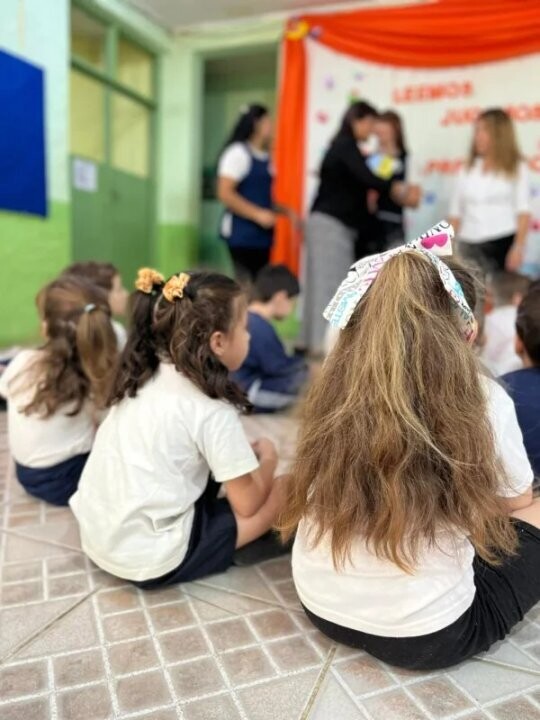
The percentage of students who complete primary school on time in Argentina has increased in recent years and currently stands at 94% nationwide. Although they arrive without repeating or dropping out, only 45% finish at ages 11 or 12 with the necessary knowledge in mathematics and language, according to the Aprender tests.
In the PISA 2022 tests, 72.7% of Argentine students aged 15 had not reached the expected level in Mathematics, which represented a decline compared to previous measurements. In 2018, the percentage was 69.1%, in 2012 it was 66.5%, in 2009 it was 63.6%, and in 2006 it was 64.1%.
The analysis of the PISA 2022 test revealed that 79.2% of the evaluated content is part of the content established at the national level. This data is part of the report "Index of School Results of primary: Evolution and analysis by department" by Argentinos por la Educación. A total of 242 departments were investigated in 23 jurisdictions of the country.
The Index of School Results (IRE) 2023, which analyzes the percentage of students who complete primary school on time, worsened compared to the cohorts of 2011 and 2016. In the previous report, the percentage for the 2016-2021 cohort was 43%.
Socioeconomic level is a determining factor in educational results. The jurisdictions with the best School Results Indexes are CABA, Córdoba, Tierra del Fuego, and La Pampa, while Santiago del Estero is at the opposite end. In Córdoba and CABA, all departments exceed the national average.
This report also highlights that there is a close relationship between the evaluated content and the national mathematics curriculum in Argentina, where 79.2% of the PISA test content is included. However, in other countries in the region such as Uruguay, Chile, and Brazil, the proportion of evaluated content aligned with national curricula is even higher.














